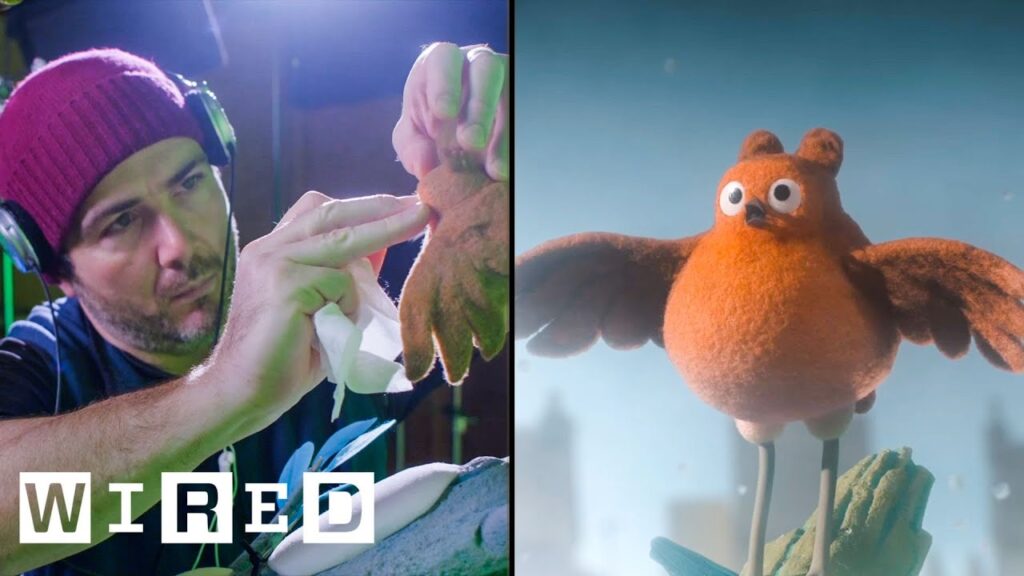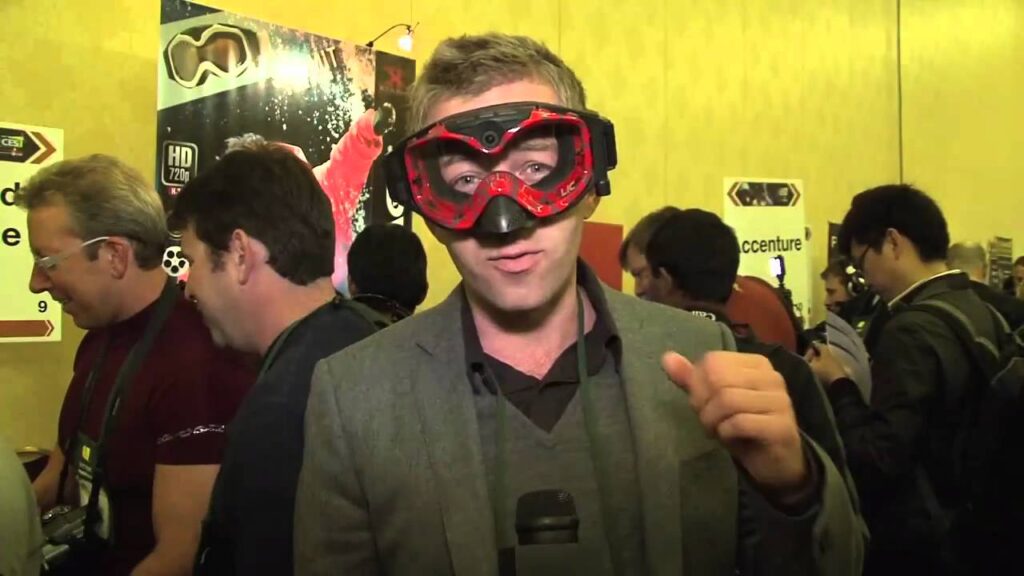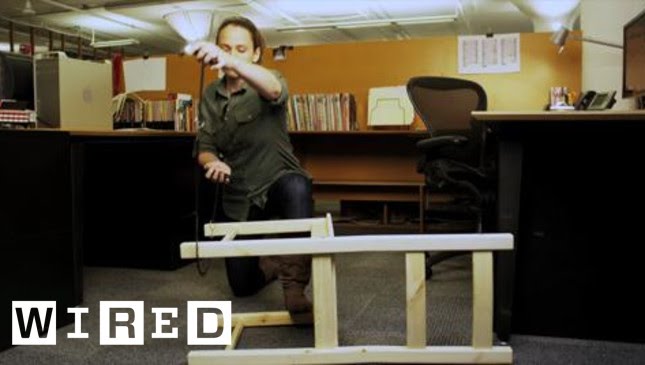The Evolution of the Batmobile: A Comprehensive Look at the Iconic Vehicle
Summary
Join us as we take a trip through the history of one of the most recognizable vehicles in popular culture – the Batmobile. From its humble beginnings in the pages of Detective Comics to its sleek and futuristic designs in film and television, we explore the various interpretations of the Batmobile and how it reflects the different eras of Batman.
Table of Contents
- Introduction: A Look at the Batmobile’s Origins
- From Comic Book to the Big Screen: The 1960s Classic Batmobile
- Tim Burton’s Vision: The Gothic 1989 Batmobile
- Art Deco and Beyond: The Animated Series Batmobile and Beyond
- Flash and Colorful: Joel Schumacher’s Batmobiles
- Beyond the Present: The Future Batmobiles of Film and Television
- Conclusion: The Batmobile as a Reflection of Batman
Introduction
The Batmobile has been an iconic part of Batman’s legacy since its introduction in Detective Comics #27 in 1939. Over the years, the vehicle has gone through many changes and iterations, becoming a symbol of the hero himself. Today, we will explore the different designs of the Batmobile, how they reflect the eras of Batman, and how they have influenced popular culture.
From Comic Book to the Big Screen: The 1960s Classic Batmobile
The first Batmobile was introduced in the 1940s Batman serials as just a car with a bat-wing tailfin. The classic Batmobile that remains popular today was introduced in the 1960s Batman television show. The vehicle was based on the Ford Futura concept car and had a red and black color scheme, complete with a Batphone and Batcomputer. This design invaded pop culture and became one of the most recognized versions of the vehicle.
Tim Burton’s Vision: The Gothic 1989 Batmobile
In 1989, Tim Burton’s Batman hit theaters, bringing a new, darker vision of the character with it. The Batmobile in this film was a sleek, gothic design that reflected Burton’s visual style. The vehicle was heavy and powerful, with a turbine engine and a jet exhaust, and it helped set the tone for the film and the franchise as a whole.
Art Deco and Beyond: The Animated Series Batmobile and Beyond
The animated series Batman: The Animated Series premiered in the 1990s and brought a new, art-deco-inspired vision to the Batmobile. The vehicle was smaller and more compact than previous designs, with a sleek black body and a more streamlined look. The animated design would continue to influence future versions of the vehicle, including the one in the Batman Beyond cartoon, which featured a flying car.
Flash and Colorful: Joel Schumacher’s Batmobiles
Joel Schumacher’s Batman films in the 1990s introduced a new, more vibrant approach to the Batmobile. The vehicles became increasingly flashy and colorful, with neon lights, fins, and bright colors. The design became more toyetic, reflecting the merchandise that was being produced at the time.
Beyond the Present: The Future Batmobiles of Film and Television
In 2004, The Batman premiered, a television show that brought fans a new version of the character and the vehicle. The Batmobile in this series was more compact and sporty, with a design that reflected the show’s modern take on the character. More recent films like Batman v Superman and Justice League have featured designs influenced by the comic books, with a more tactical and militarized look.
Conclusion: The Batmobile as a Reflection of Batman
From the classic design of the 1960s to the high-tech vehicles of modern films, the Batmobile has evolved over the years to reflect the different interpretations of Batman. Each new version of the vehicle offers a window into the storytelling and visual style of the era it was created in, and it remains a powerful symbol of the hero today. Whether you prefer the sleek designs of the recent films or the classic style of the 1960s, there is no denying the impact and enduring popularity of the Batmobile.







